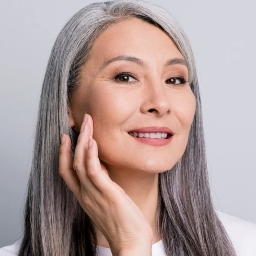
The sun emits UV radiation in the form of UVA, UVB, and UVC. UVA rays, which are the longest, penetrate the deepest in the skin and are responsible for tanning and premature aging. UVB rays are shorter and responsible for vitamin D production in the skin. UVB rays are also the cause of sunburning. UVC rays, which are the shortest, are absorbed by the ozone layer and do not reach the surface of the earth.
Similar to the sun, tanning beds also emit UV radiation. Tanning beds emit mostly UVA, but also smaller doses of UVB. The UVA radiation in tanning beds can be much more intense than that of natural sunlight.
It is important to understand that UV radiation, whether it be naturally through the sun’s rays or artificially through tanning bed use, can have damaging long term effects. These include:
- UV rays can damage the eyes. UV light can be damaging to any and all parts of your eyes including your eyelid skin. Prolonged and chronic exposure can lead to corneal damage, cataracts, and even macular degeneration. These conditions ultimately affect our eyes’ ability to see.
- UV rays can damage the skin. Prolonged sun exposure can lead to sunburns, freckling, leathery texture, premature aging, precancers, and skin cancer.
- UV rays can affect our immune system. UV rays have been shown to suppress our immune system responses. While this can at times be useful in treating immune system driven conditions like vitiligo and psoriasis, it can be harmful when it comes to our body’s ability to fight off skin cancer and infections.
- UV rays can worsen certain skin conditions. UV rays can at times elicit skin rashes such as in the case of solar urticaria and polymorphous light eruption. UV radiation can also exacerbate or flare certain conditions such as lupus.











